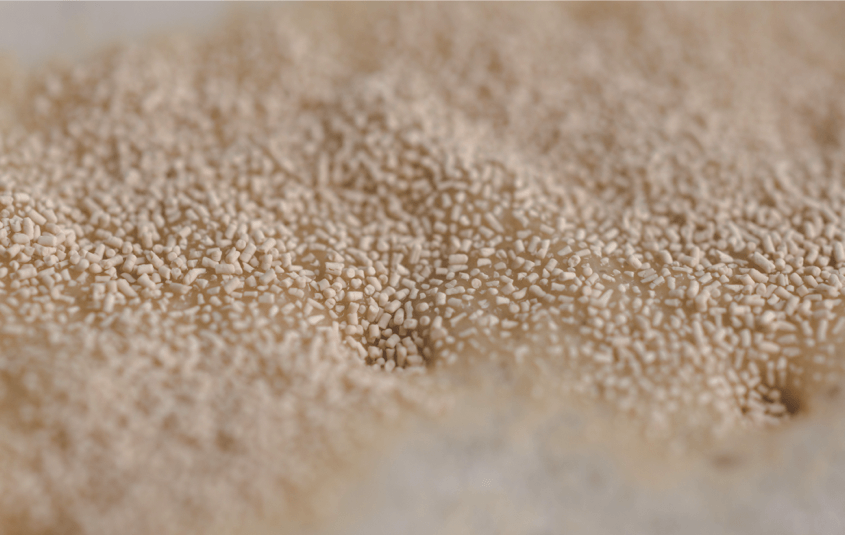Using biotics to create health-enhancing, marketable pet products

Biotics can be used to create pet products with improved health benefits and marketable points of difference.
What are biotics?
Biotics are those ingredients that can affect the microbiome of the pet, such as fibre (beet pulp, tomato pomace, cellulose), prebiotics (inulin, chicory, fructooligosaccharides, galactooligosaccharides), probiotics (Bifidobacteria, Lactobacilli, Pediococci, Bacilli) and postbiotics (non-living yeast or bacteria products). The design of a pet food product starts with ensuring well-formed stools. The fibre component of the diet is critical to achieving this in normal, healthy pets, but maintaining well-formed stools doesn’t end with dietary fibre sources.
The benefits
Prebiotics and probiotics can be a powerful tool to help avoid poor stools by achieving healthy gut microbiota populations and have also been associated with reduced faecal odour. Both prebiotics and probiotics have also been shown to improve the immune response of the host. While research continues to clarify the role of probiotics, multi-species research indicates some probiotic strains can have systemic (beyond the gut) effects which result in health benefits related to weight management, skin health and brain function.
Postbiotics
Increased usage of the term ‘postbiotics’ over the past few years indicates the growing interest and awareness. While definitions vary, postbiotics generally consist of non-living microbes and/or their components that can provide a health benefit.
One example of a postbiotic commonly used in the pet food industry is brewer’s yeast – part of a residue left over after the fermentation process to produce an alcoholic beverage. Brewer’s yeast often contains a highly digestible form of protein as well as savoury compounds that are important in driving product palatability. While brewer’s yeast is derived secondarily, after the primary production of alcoholic beverages, certain strains of yeast and bacteria are also grown under defined and controlled conditions that can repeatedly and reliably produce a product with desirable health benefits. The specific underlying mechanisms impacting health are still being defined.
However, some postbiotic products have been shown to impact localised gut microbiota as well as systemic (peripheral) immune cells. An example of a novel postbiotic is a new human health-oriented product (a combination of a probiotic and a postbiotic) that includes a specific protein (postbiotic) that can be further expressed by the probiotic to create a satiety benefit. This example provides a glimpse into the future of precision nutrition and the role postbiotics will play in both pet health and human health.
The future
Evidence continues to grow for the role of biotics in pet health. Several commercial sources of biotics are available for inclusion in pet products. Many of the above-mentioned compounds fit within the regulatory framework found both in the US and Europe. So isn’t it time to consider biotic-designed pet products for pet well-being?
To learn more about biotics and how to use them, watch this video: bit.ly/3hCALSa
